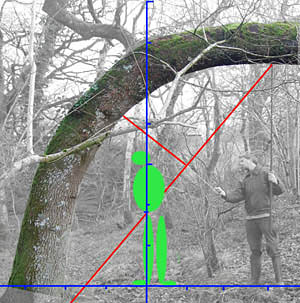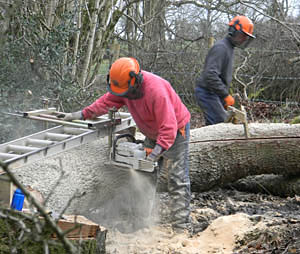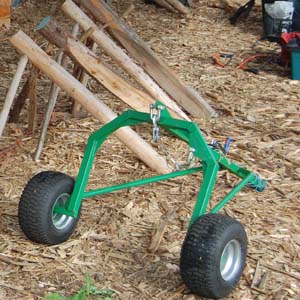This type of build is what I call a ‘guided’ or ‘assisted’ building project. Commonly the owner will have a passion for building or design but not the time or experience to actually do it all. Kevin probably does have the skills to build something on this scale but also juggles many other projects, so joined us on site when he was free. He also sent regular pencil sketches and CAD designs by email and discussed the next stages by phone so the project kept moving forward.
Assisted builds are a good option to consider for the DIY shed builder short of time or skills.






